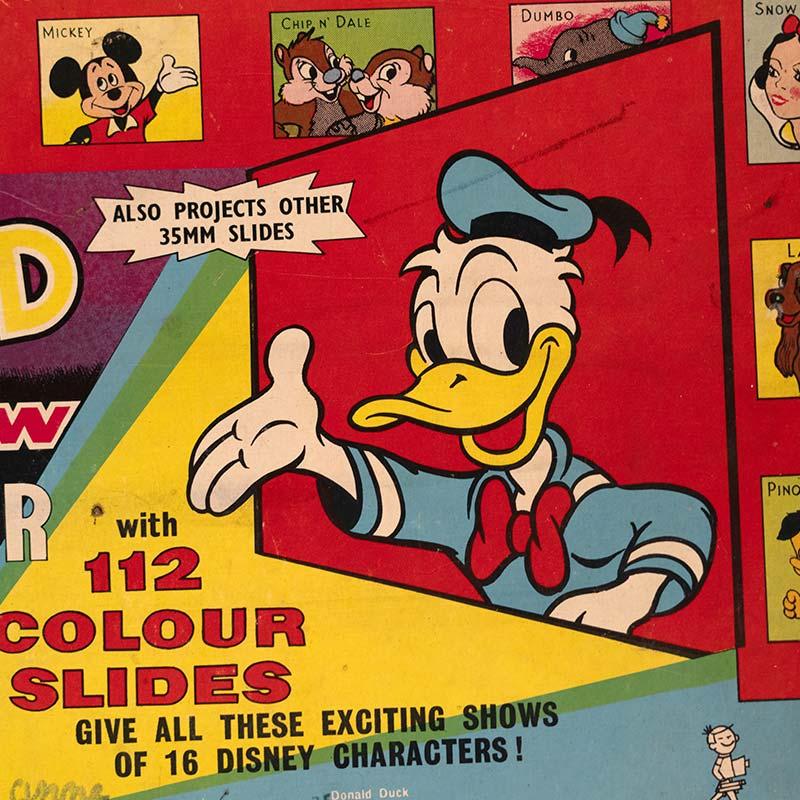Global Street Art has a wonderful collection of original illustrations by British artists who have lived and worked over the past ~150 years.
Details
Media:
Paper
Pencil
Ink
Year:
Early 1900s
Words:
Lee Bofkin
Tagged:
The collection itself is called ‘Largely Forgotten Artists’ because we believe the artists deserve to be better remembered today than we think most of the artists are. The collection, which will always be incomplete, is a rich history of life in Britain over this time, and shows changing tastes in society but also how we represented (drew) society. Themes in the collection cover politics, war, technology and humour. As well as the changing subjects, you can also see changed in how we drew, or represented, society - the earlier illustrations tend to be more realistic or caricature, whereas the more modern illustrations are more cartoony and appear simplistic.
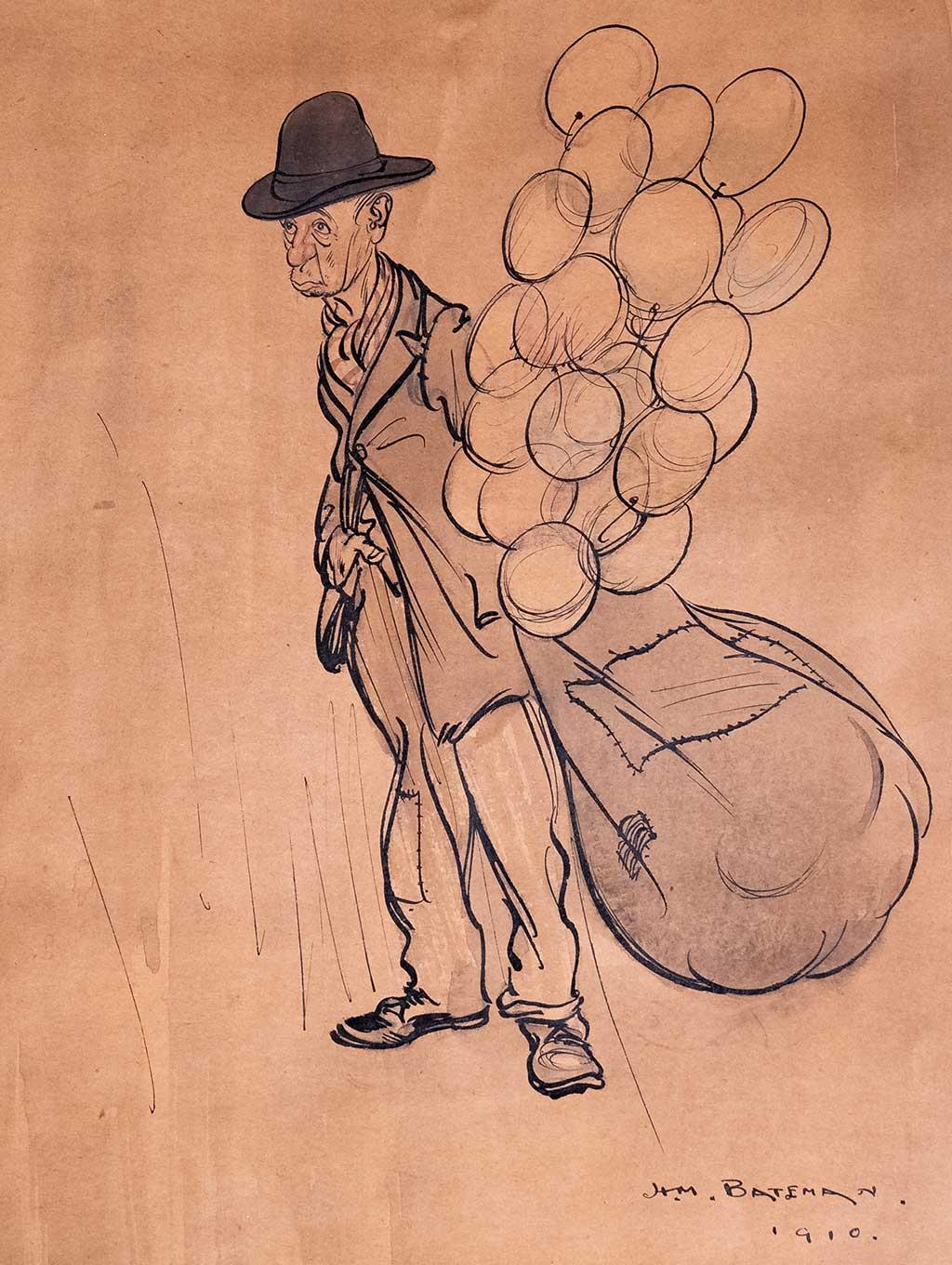
The Balloon Seller by HM Bateman, 1910
Henry Mayo Bateman was known as “the Man Who” drew the 20th Century and has a famous series of cartoons, poking fun at high society, called “The Man Who...”. This particular illustration is a rather melancholy looking balloon-seller. The joy of the balloons is offset by his ragged clothing.
Two Monks by John Hassall is one of the best pieces in our collection for the skill in its execution.
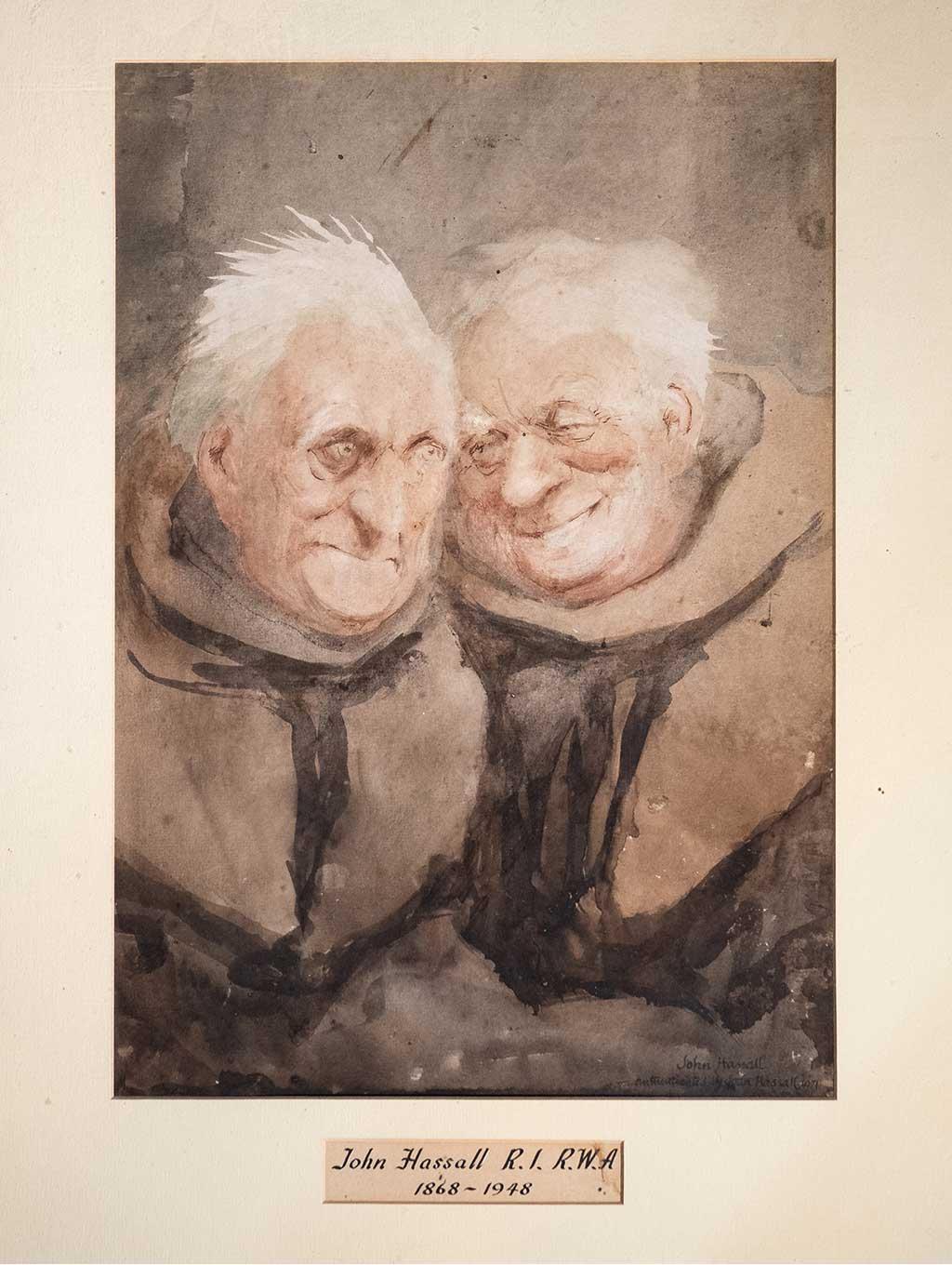
Two Monks by John Hassall
It might look simply like a picture of two monks but, as far as I can see, the artist John Hassall only used two inks (brown and black) which he mixed or diluted. The hair of the monks is actually the white paper that he didn’t fill in with ink! If you zoom into the faces of the monks, you can see how the artist used tiny lines to pull out the features in the faces. Interestingly, this piece is signed in John Hassall’s daughter’s handwriting (Joan Hassall), who authenticated the piece. John Hassall was a famous artist in his day (early 1900s), who opened an influencial commercial illustration school. John Hassall may be best known today for images like “Skegness is so Bracing”, which appeared on a famous train poster but he was prolific and well known in his day.
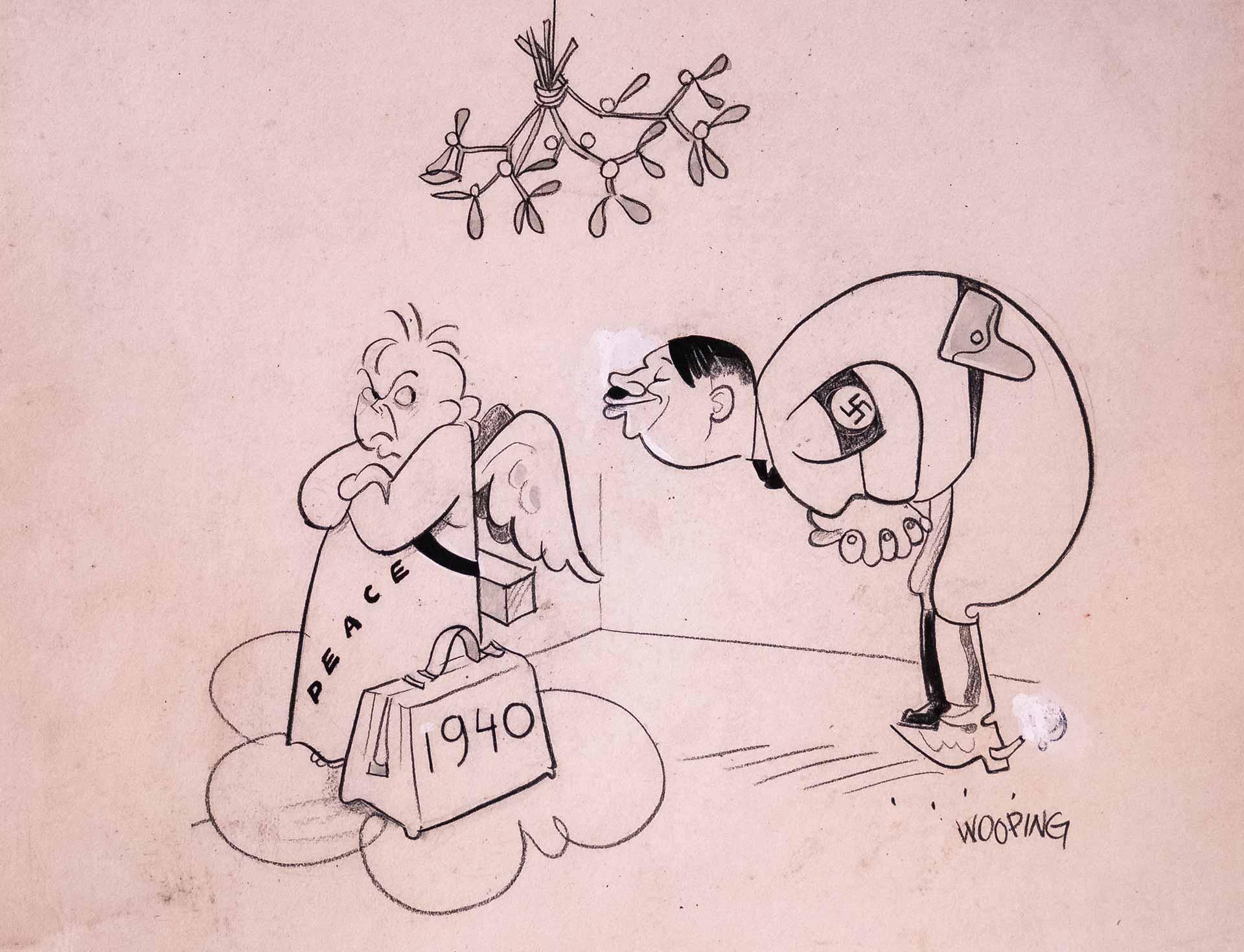
'Peace 1940' by Willy Wolpe
This piece was drawn by one of my favourite cartoonists: Willy Wolpe known as Woop or Wooping. He has a piece hanging in the cartoon museum in London but has, sadly, almost faded from memory otherwise. He was the brother of famous composer Stefan Wolpe, lost an eye to the nazis in 1939 and fled Germany to Paris, via London. Willy, or let’s just call him Woop, was a brilliant character himself: he spoke 7 languages and played the accordion. I found some photos of him in later life with his wife and alsatians on a farm outside Paris. I would have loved to have invited him to dinner!
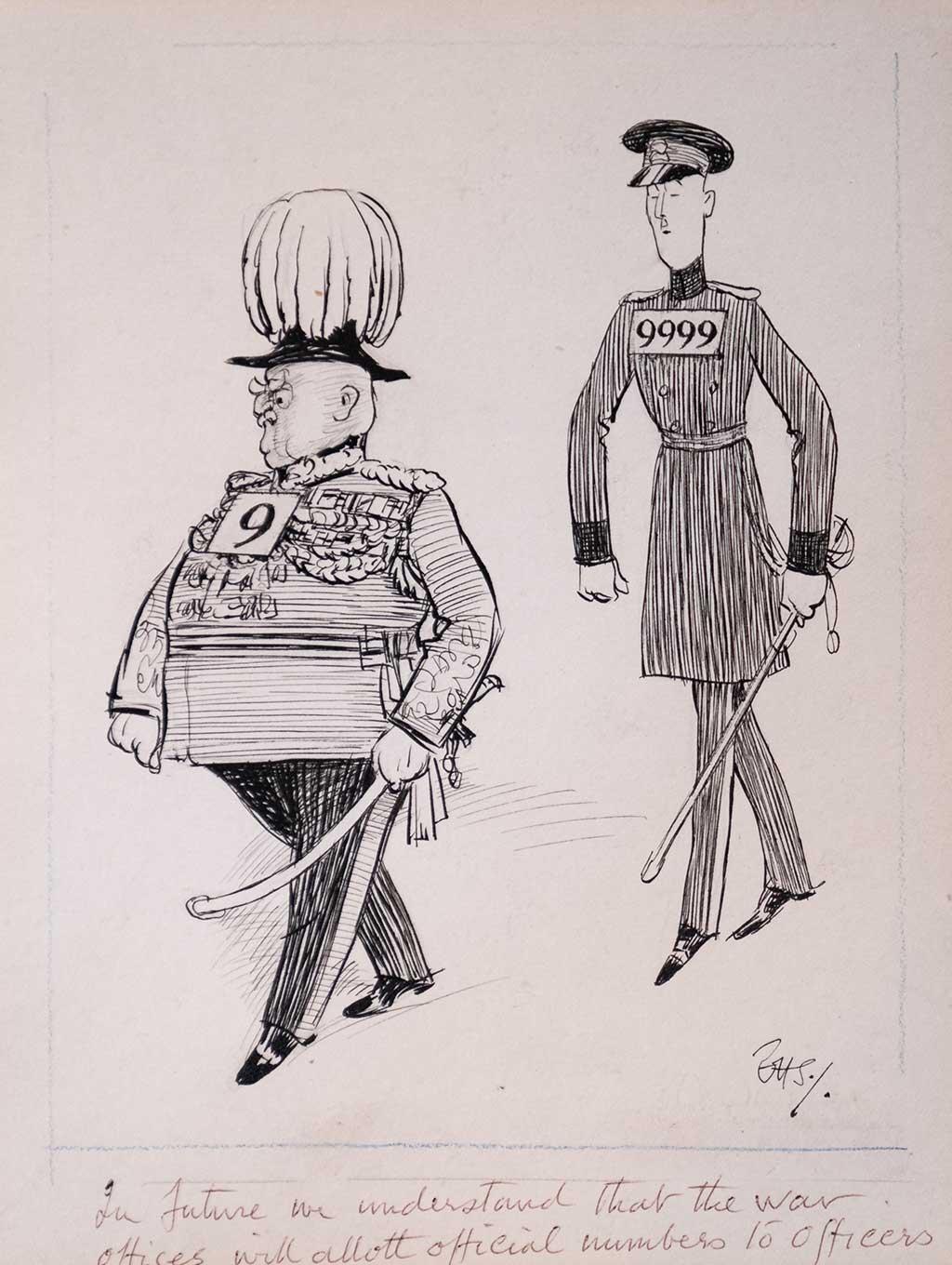
Fig. A - Role Call by Ernest Howard Shepard
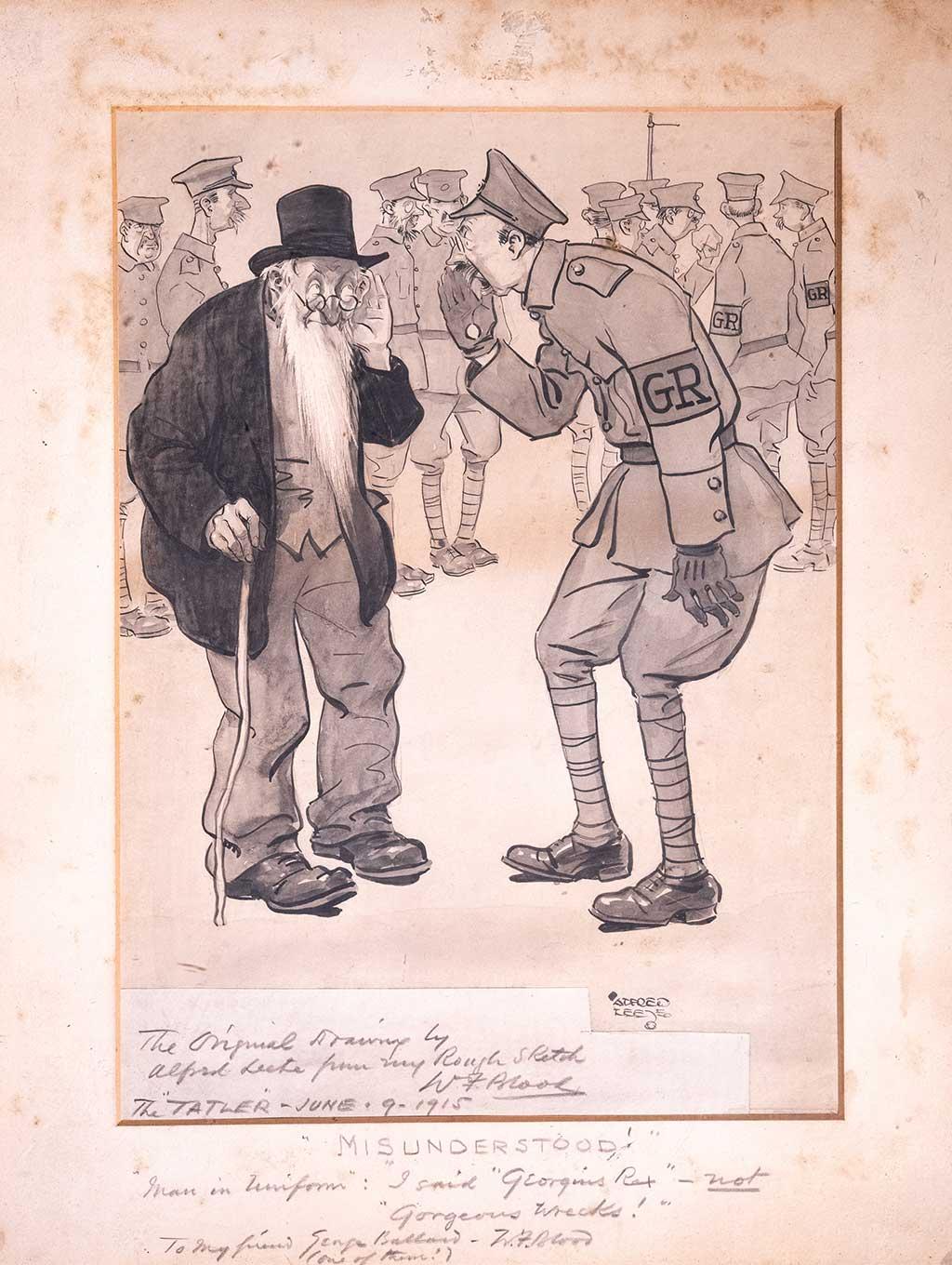
Fig. B - Pardon by Alfred Leete
Fig. A - Ernest Howard Shepard is best known for illustrating AA Milne’s Winnie the Pooh. He also worked for Punch magazine as a political cartoonist, as many other famous British illustrators did in the early 1900s. This piece comes from an article in Punch Magazine about giving soldiers numbers according to their rank.
Fig. B - You know Alfred Letter even if you don’t know you do. As soon as I say “your country needs you” you’ll likely think of a very famous poster Alfred Leete designed (you know the one - Lord Kitchener!). This political cartoon from 1915, during the First World War, is about mishearing King George (Georgius Rex) for Gorgeous Wrecks... It popped up in an auction house a few years ago and was mis-listed. Alfred Leete’s signature has a distinctive ‘T’ so the auction house misread it and thought it was Alfred Lee. I didn’t bid against anyone else.
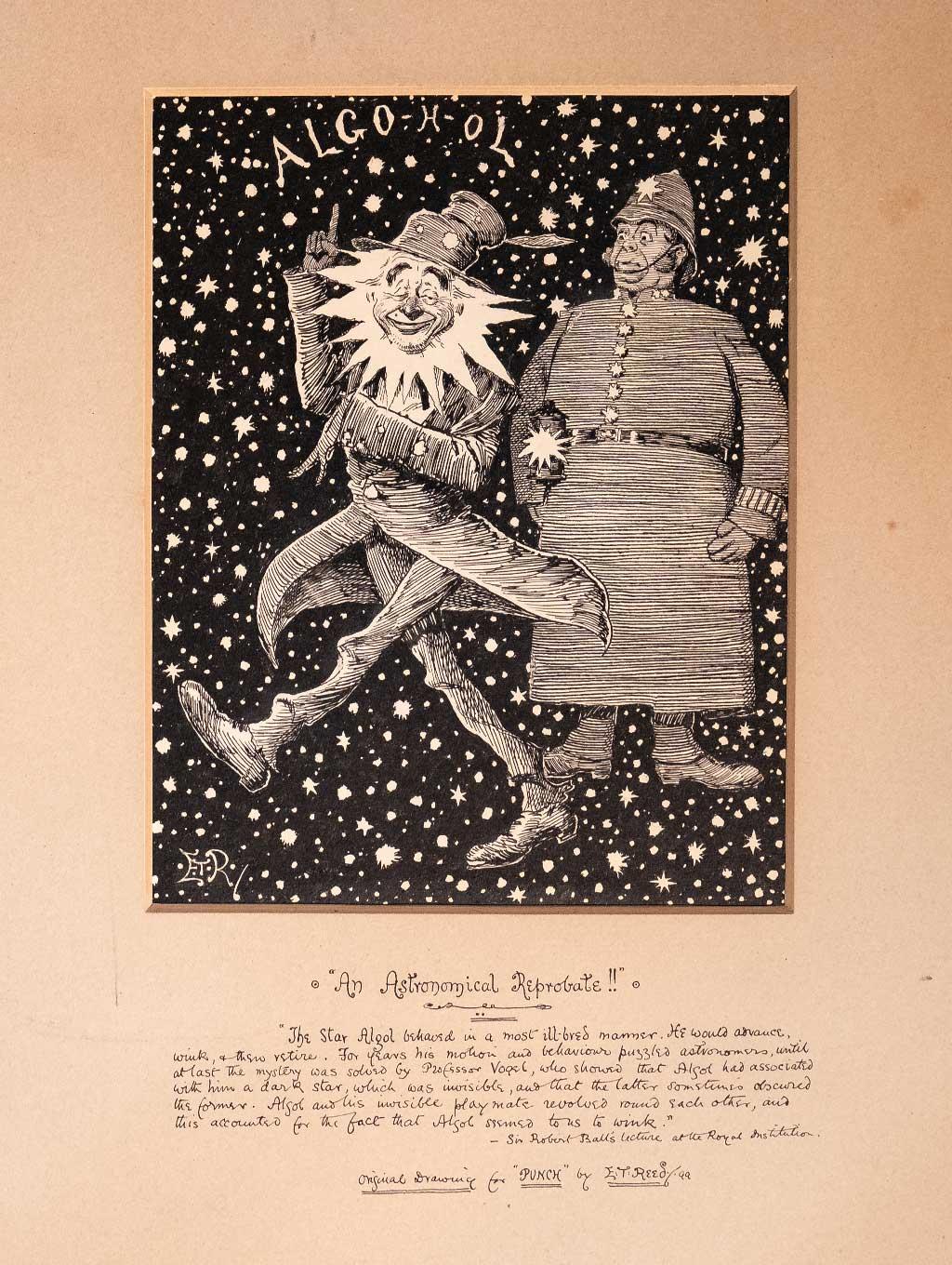
Alcohol by Edward Tennyson Reed
Edward Tennyson Reed, who signed his work with his ETR monogram, also worked for Punch Magazine (and other publications!). He was a superb caricaturist and his skill with a sharp pencil is remarkable. His illustrations have lost none of their charm or warmth in the ~120 years since they were drawn.
This piece is quite rare, in that ETR is working in ink (he most often worked in pencil) - the story itself is about a star called alcohol that appears to wink as it orbits around a dark star (the policeman). Alcohol, it says, is an astronomical reprobate. I’ve been called worse.
Share this:
Related content
(01)
